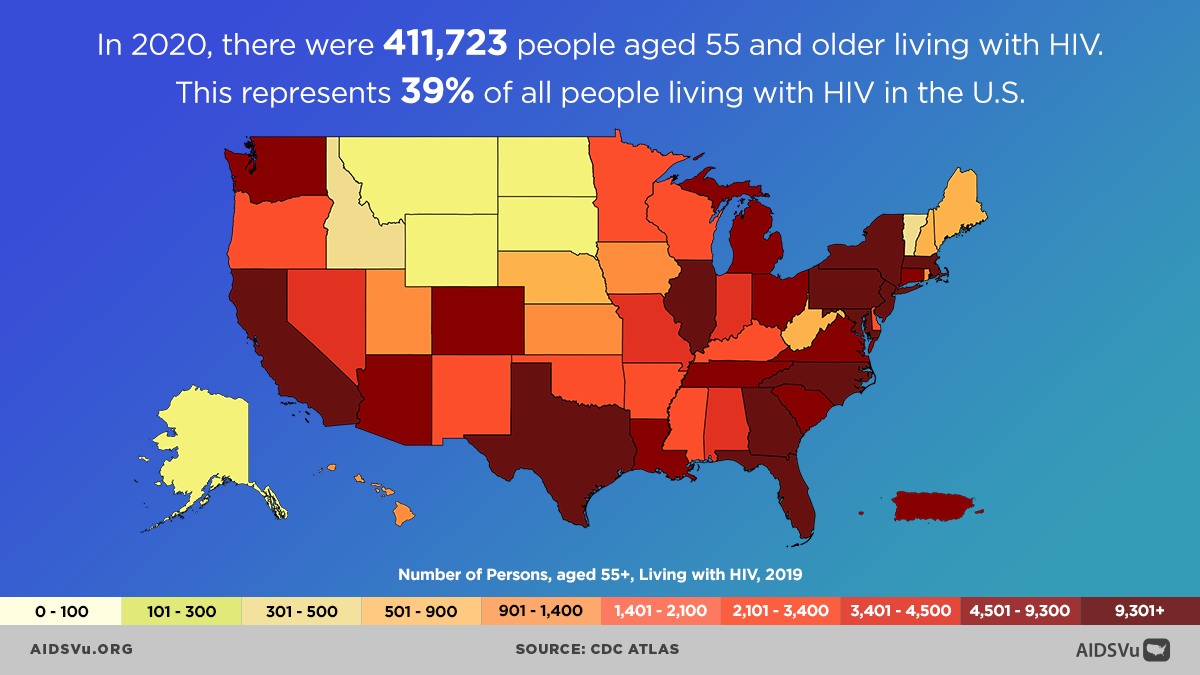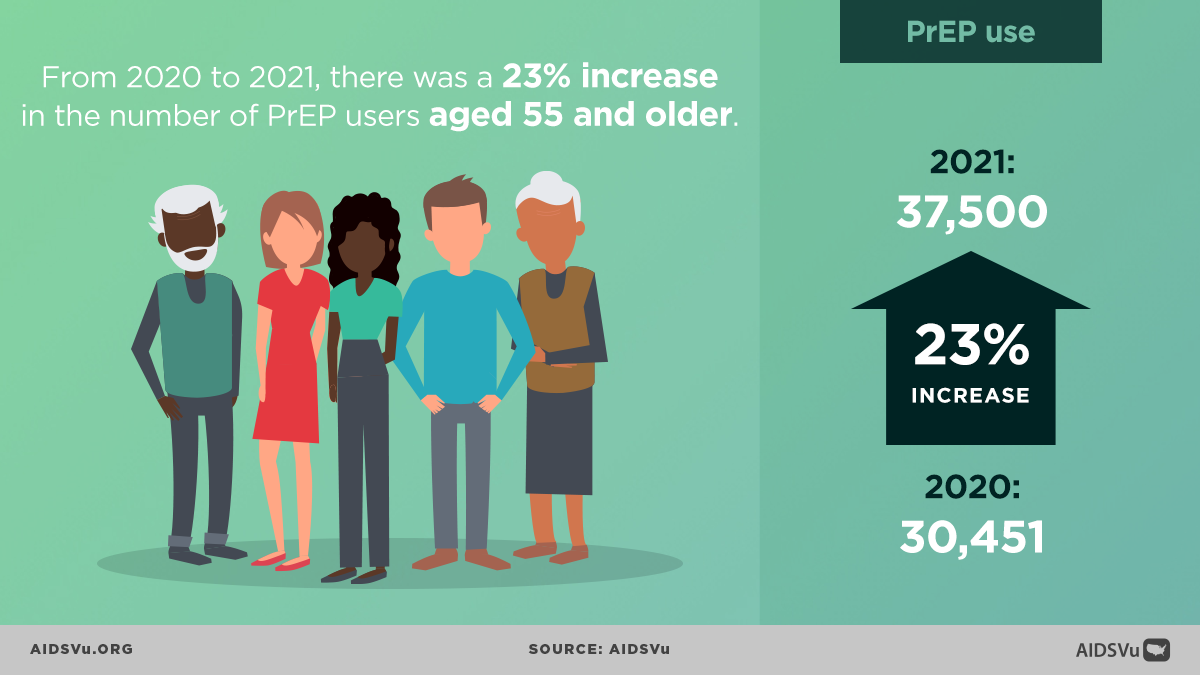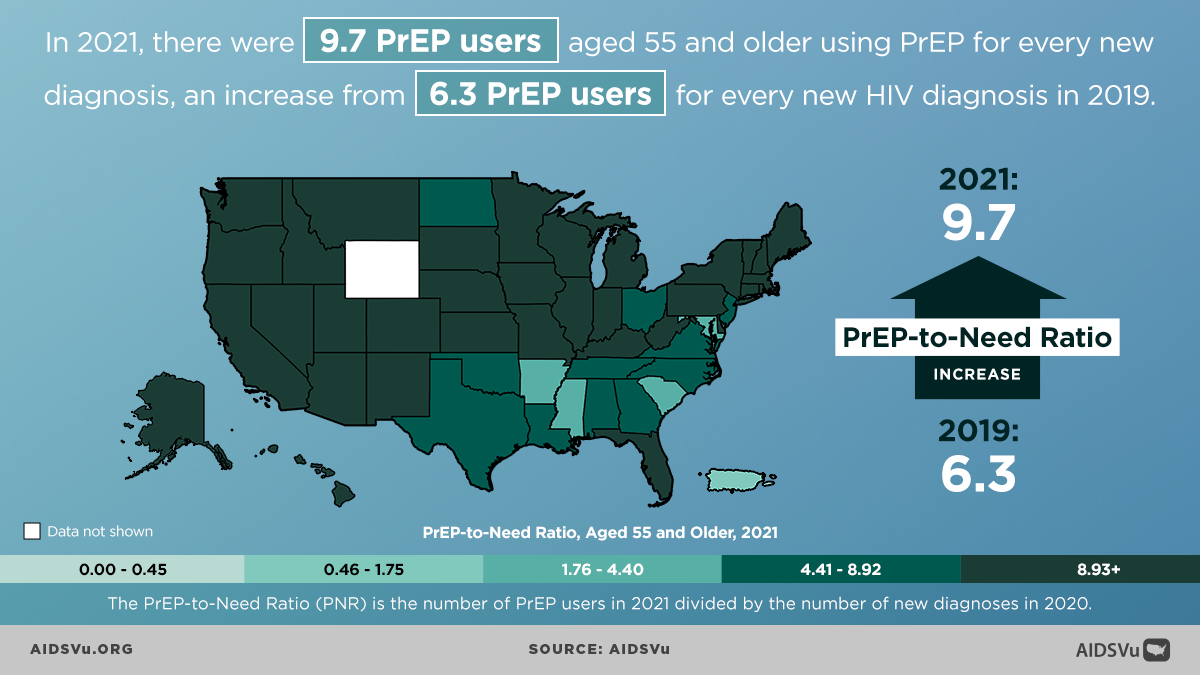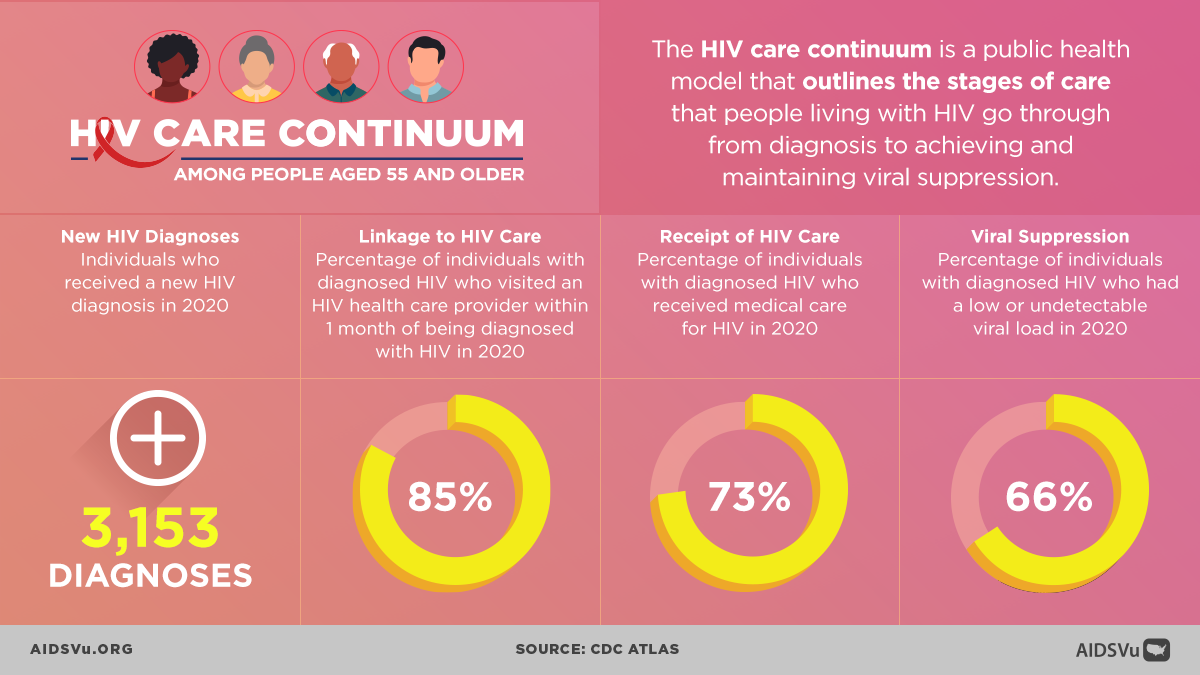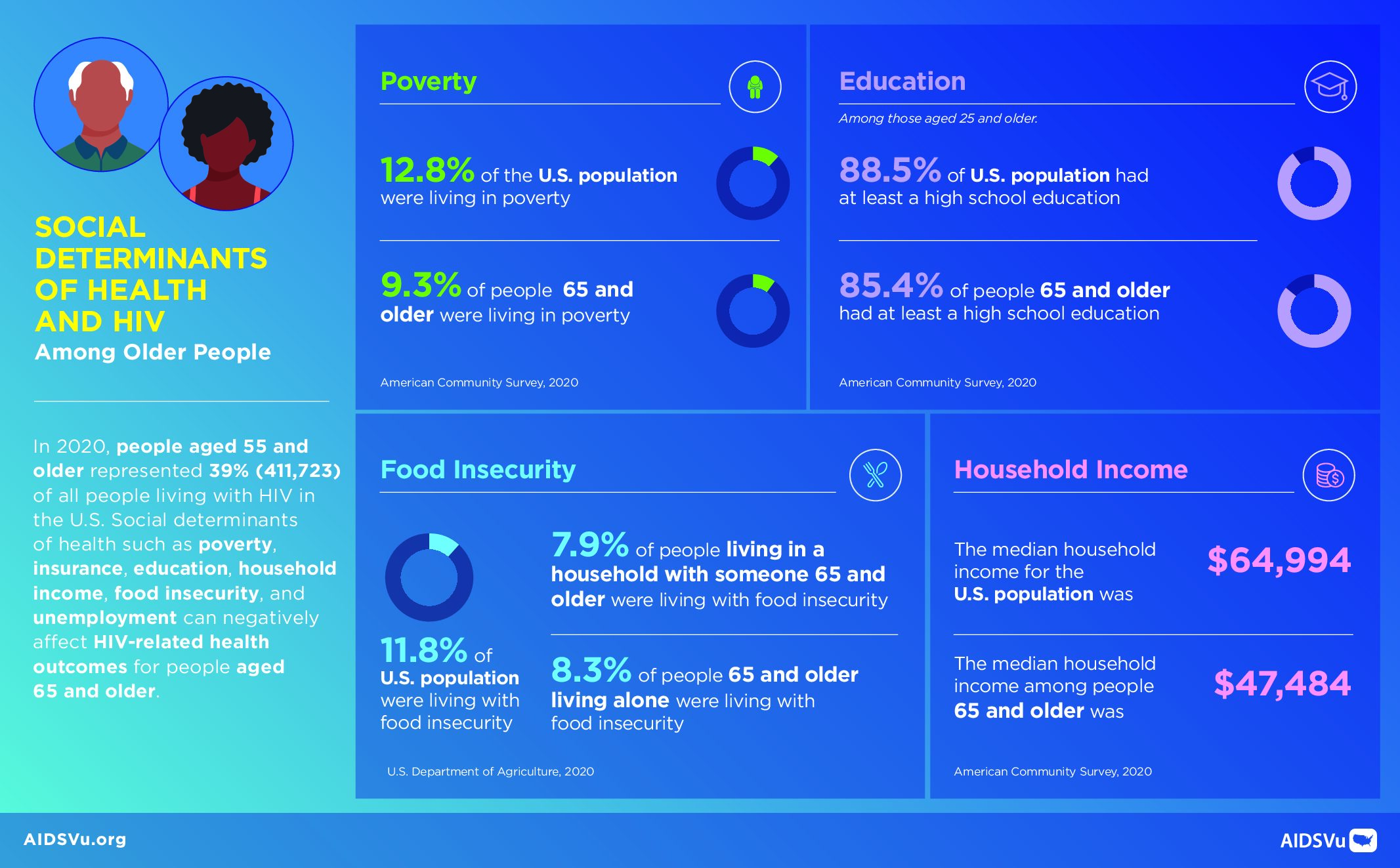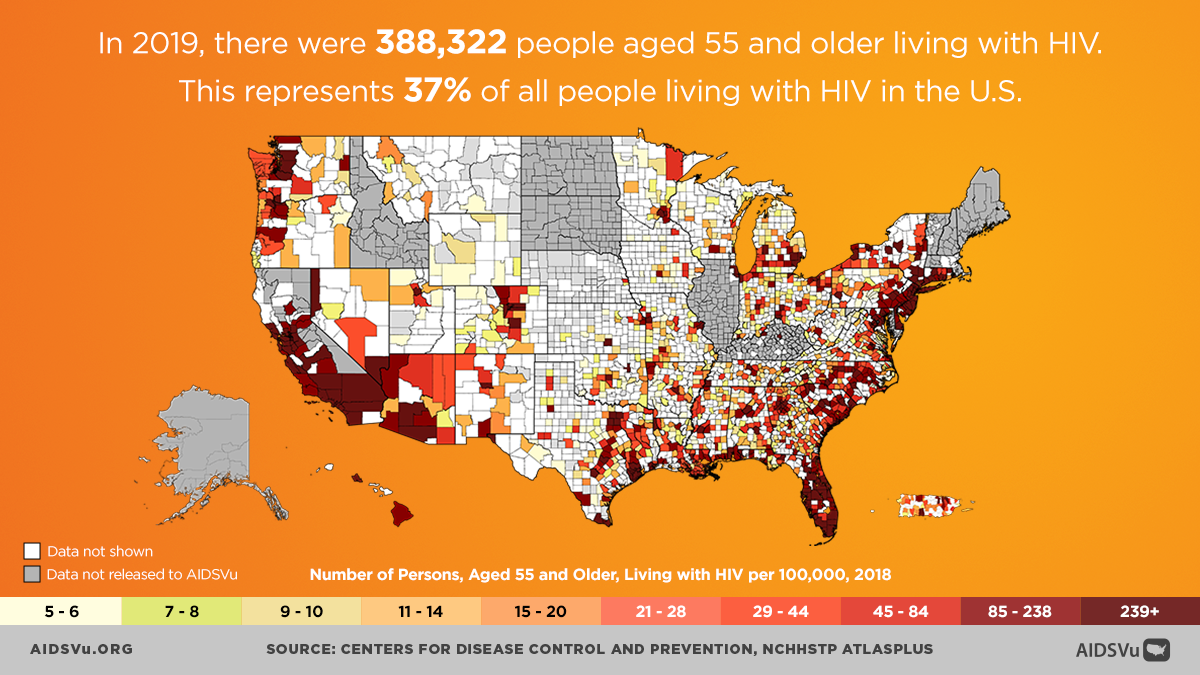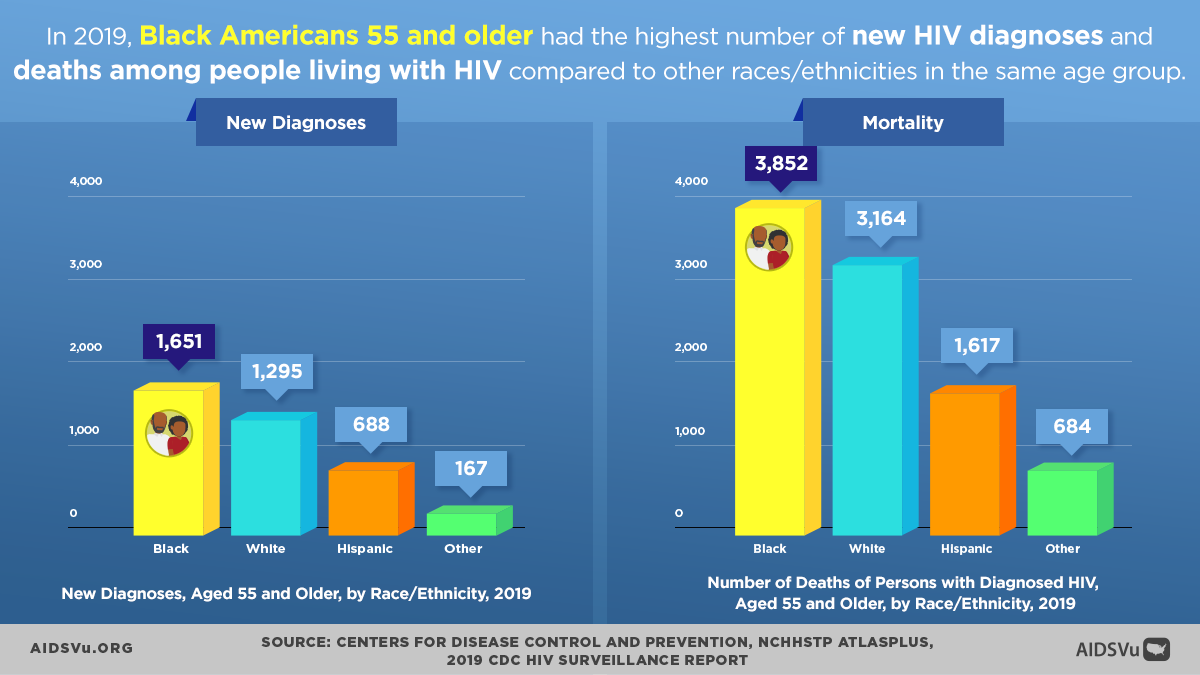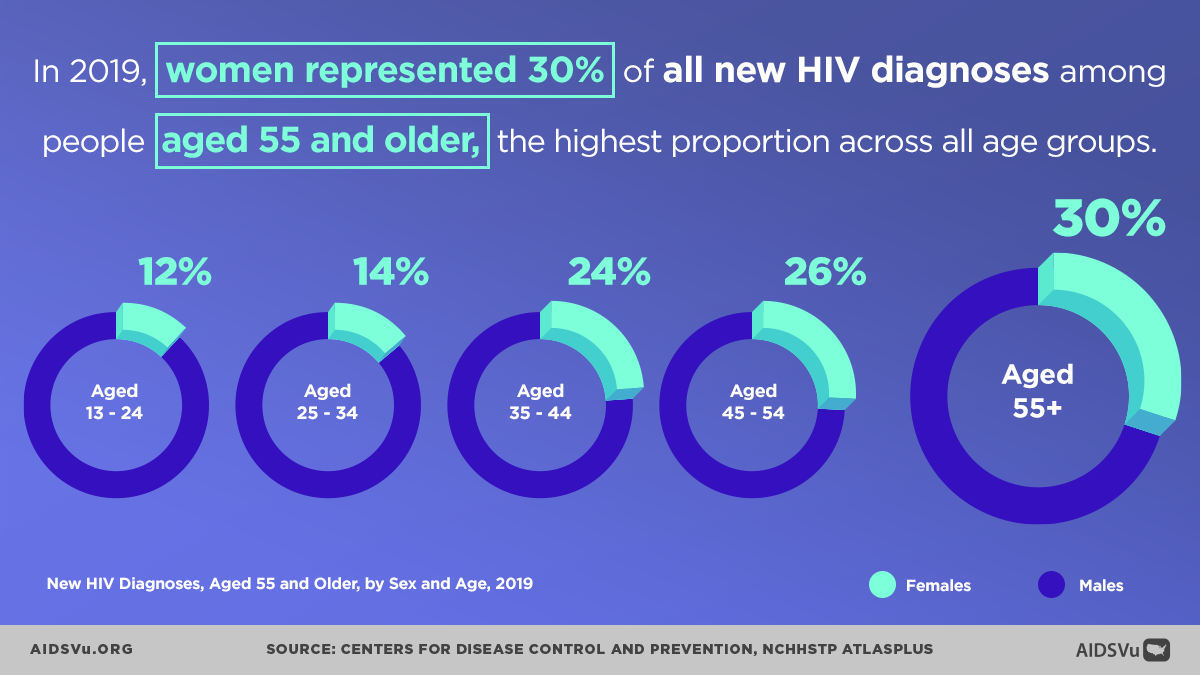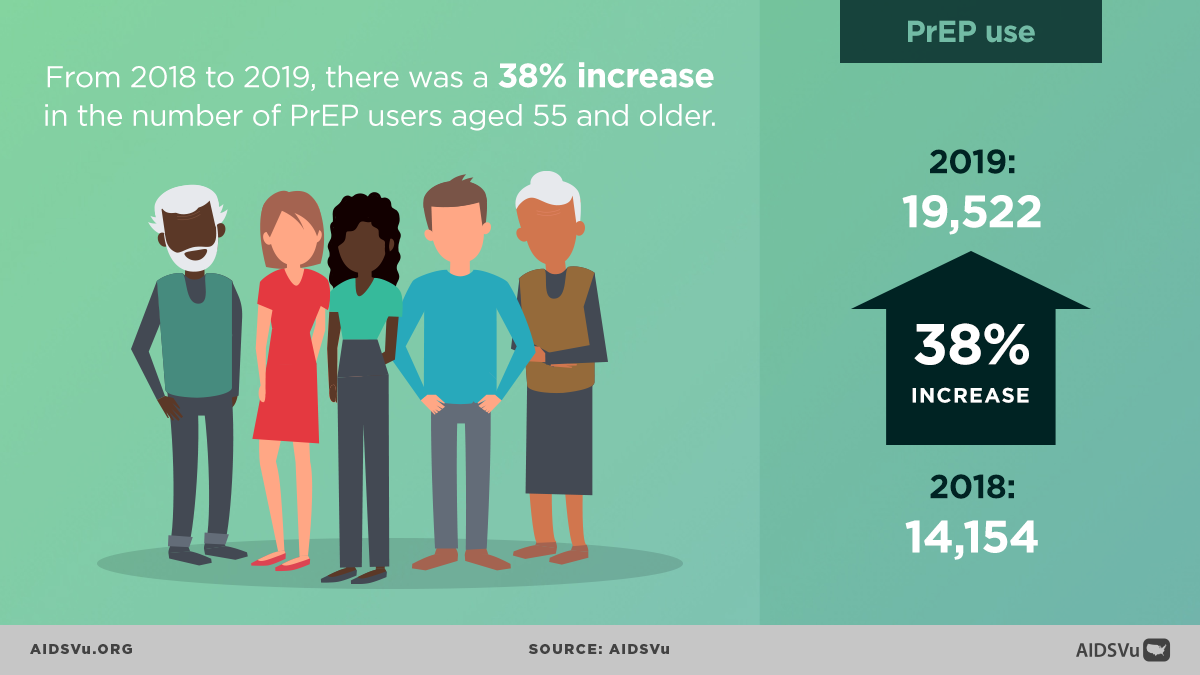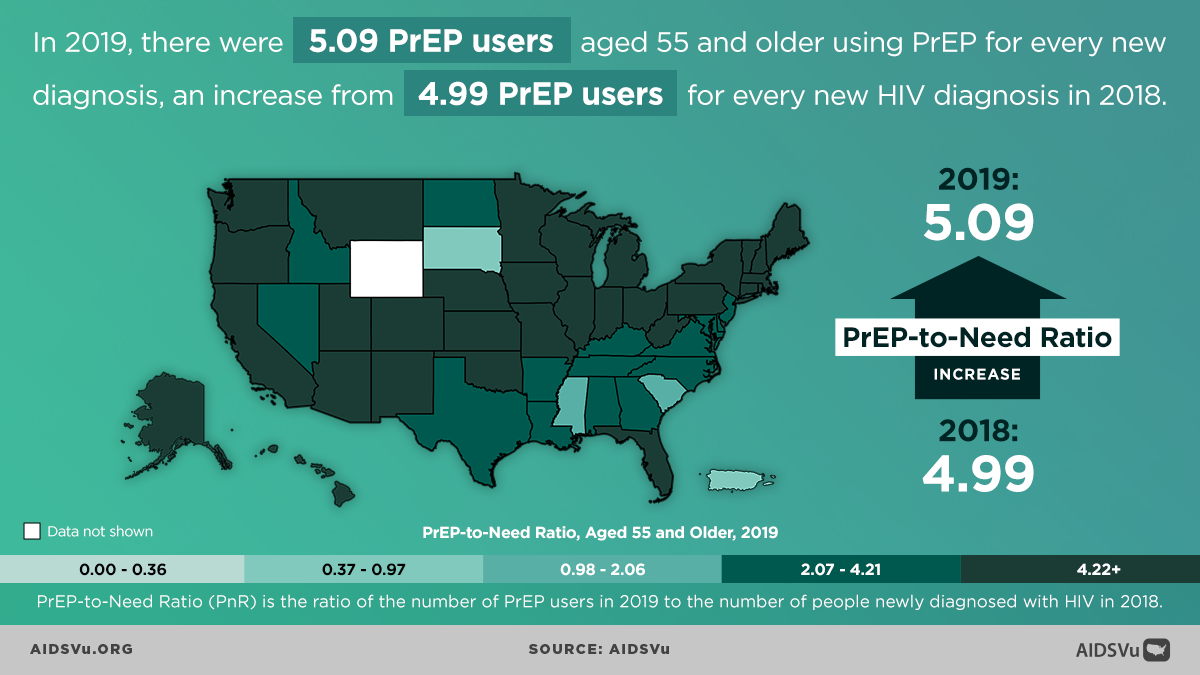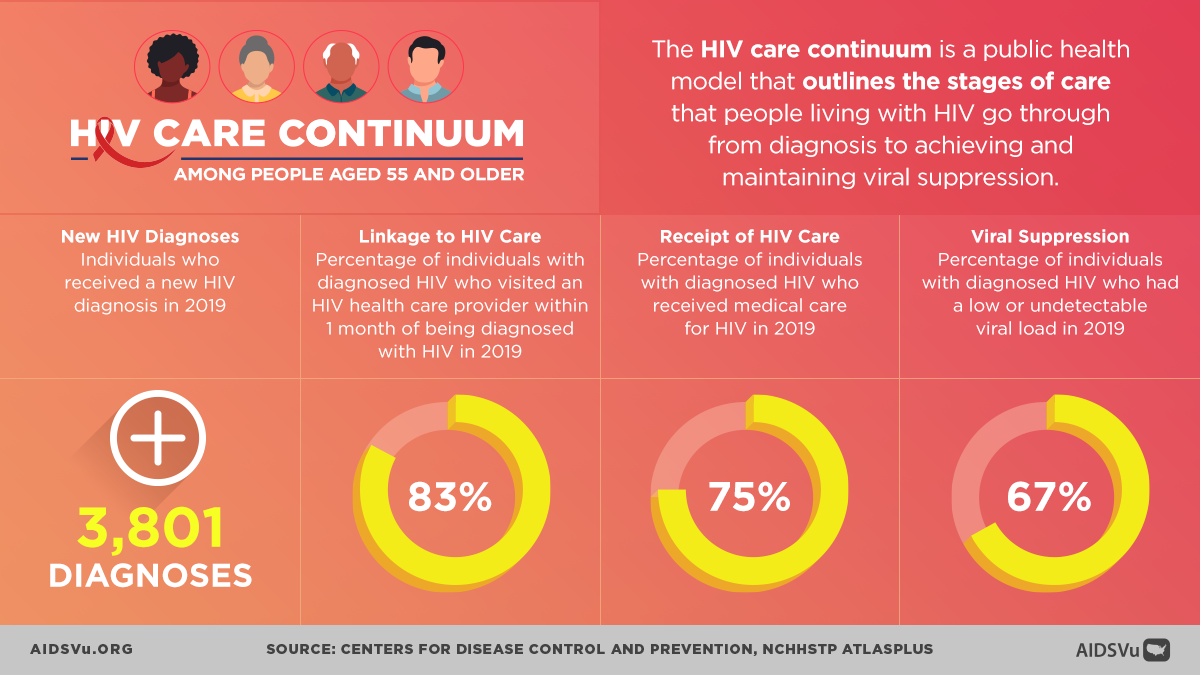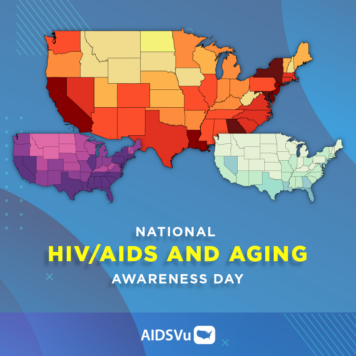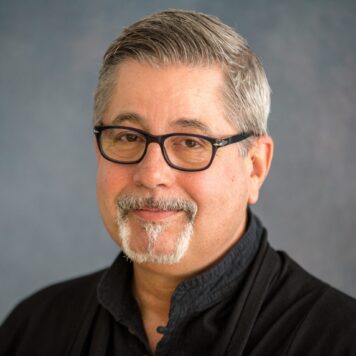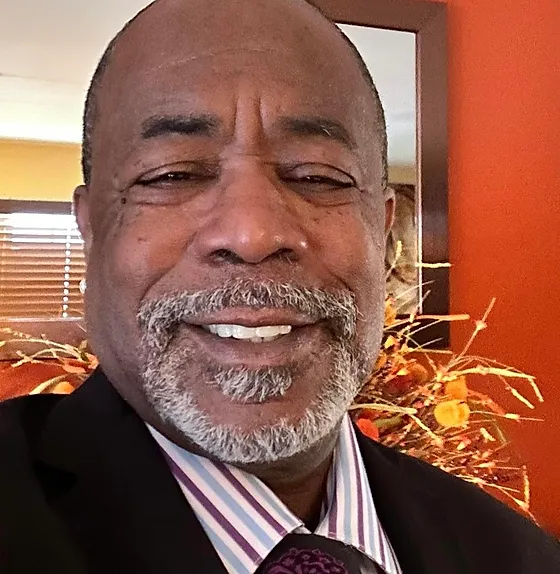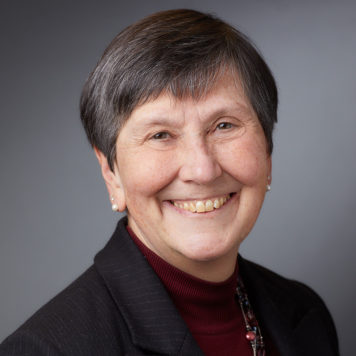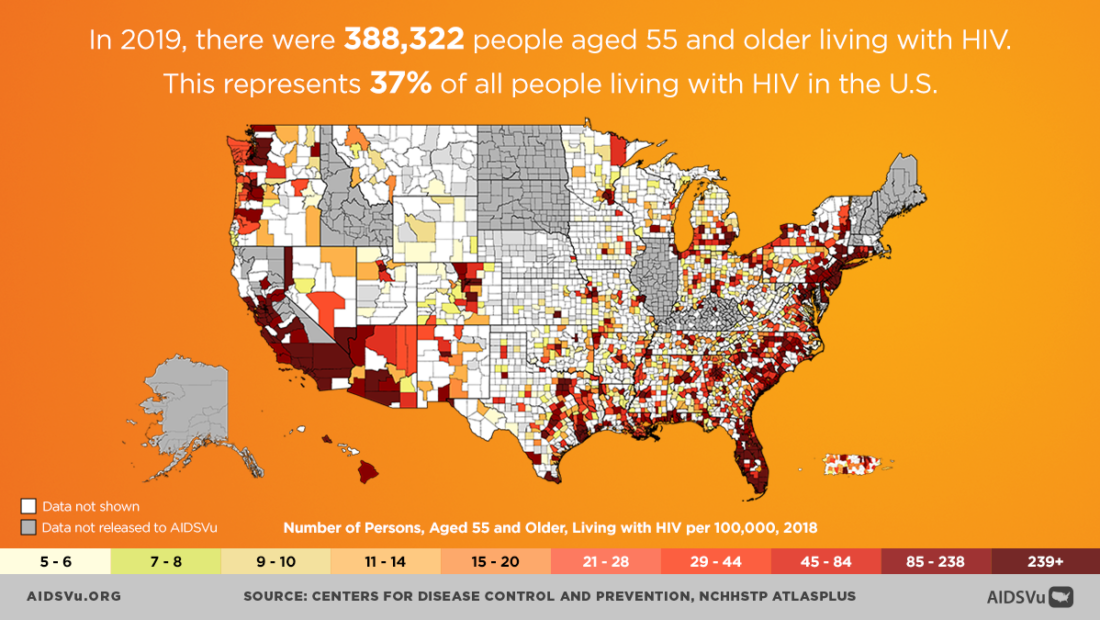
In 2022, people aged 55 and up accounted for 42% of people living with HIV in the U.S. – with those 55-64 comprising the largest age cohort of people living with HIV (27%). People aged 55 to 64 accounted for 8% of the 37,966 new HIV diagnoses in 2022. Only 38% of individuals aged 55-64 had been tested for HIV at least once in their lifetime in 2022.
Unique Challenges Facing Individuals Aging with HIV
Biomedical improvements in HIV treatments such as antiretroviral therapy (ART) have enabled people with HIV to achieve and maintain viral suppression and live long and healthy lives. However, HIV-associated conditions such as cardiovascular diseases, diabetes, renal disease, and cancer can persist in older individuals living with HIV. Older Americans are also more likely to receive a late-stage HIV infection (AIDS) diagnosis when they are diagnosed with HIV, which indicates a need to expand routine HIV screening in this population. According to a 2024 CDC report, 33% of people ages 55 to 64 who received a new HIV diagnosis in 2022 already had late-stage HIV infection (AIDS).
In addition to the physical conditions associated with aging with HIV, older individuals living with HIV may also face greater levels of social isolation, loneliness, and HIV stigma, which can in turn affect quality of life, self-image, and behaviors including HIV status disclosure of seeking HIV care.
In 2022, 83% of people living with HIV between the ages of 55 and 64 were linked to HIV care – the highest percentage among all age groups. 77% of people living with HIV between the ages of 55 and 64 received HIV care, and 68% achieved or maintained viral suppression in 2022.
National HIV/AIDS and Aging Awareness Day (NHAAD)
National HIV/AIDS and Aging Awareness Day (NHAAD) is observed annually on September 18. Led by The AIDS Institute, NHAAD is a crucial opportunity to recognize the unique challenges faced by older people living with HIV in accessing HIV testing, care, and treatment.
NHAAD was founded in 2008 in an effort to raise awareness of increasing HIV diagnoses among older adults and individuals over 50 aging with HIV. According to The AIDS Institute, the goal of NHAAD is to “emphasize the need for prevention, research, and data focused on the aging community and increase medical understanding of the impact of HIV on the natural aging process.” The AIDS Institute also emphasizes reducing HIV stigma when describing NHAAD.
Beyond the Map
AIDSVu offers tools and resources beyond the HIV map that provide users with a deeper understanding of the HIV epidemic, its socioeconomic-driving factors, and services available at the community level.
Social Determinants of Health
See how HIV prevalence is related to poverty, high school education, median household income, etc.
Find Services
Use the testing, Pre-Exposure Prophylaxis (PrEP), and other HIV services locators to find critical HIV/AIDS services near you.
Learn MoreLocal Data
View city and state profiles with local HIV/AIDS statistics, national comparison charts, and local resources.
Long-Term Survivors & HIV Long-Term Survivors Awareness Day (HLTSAD)
Part of the population living and aging with HIV includes HIV Long-Term Survivors (HLTS). HLTS are classified as:
- People diagnosed with HIV before 1996, who make up ~25% of all people living with HIV/AIDS.
- People who have been living with HIV for over 10 years.
- People who acquired HIV at birth or as young children. This group may also be known as lifetime survivors of HIV or Dandelions.
Founded by LKA in 2014, HIV Long-Term Survivors Awareness Day (HLTSAD) is celebrated on June 5 annually to coincide with the date of the first reporting of the AIDS pandemic by the CDC. HLTSAD brings attention to a significant population of people living and aging with HIV.


